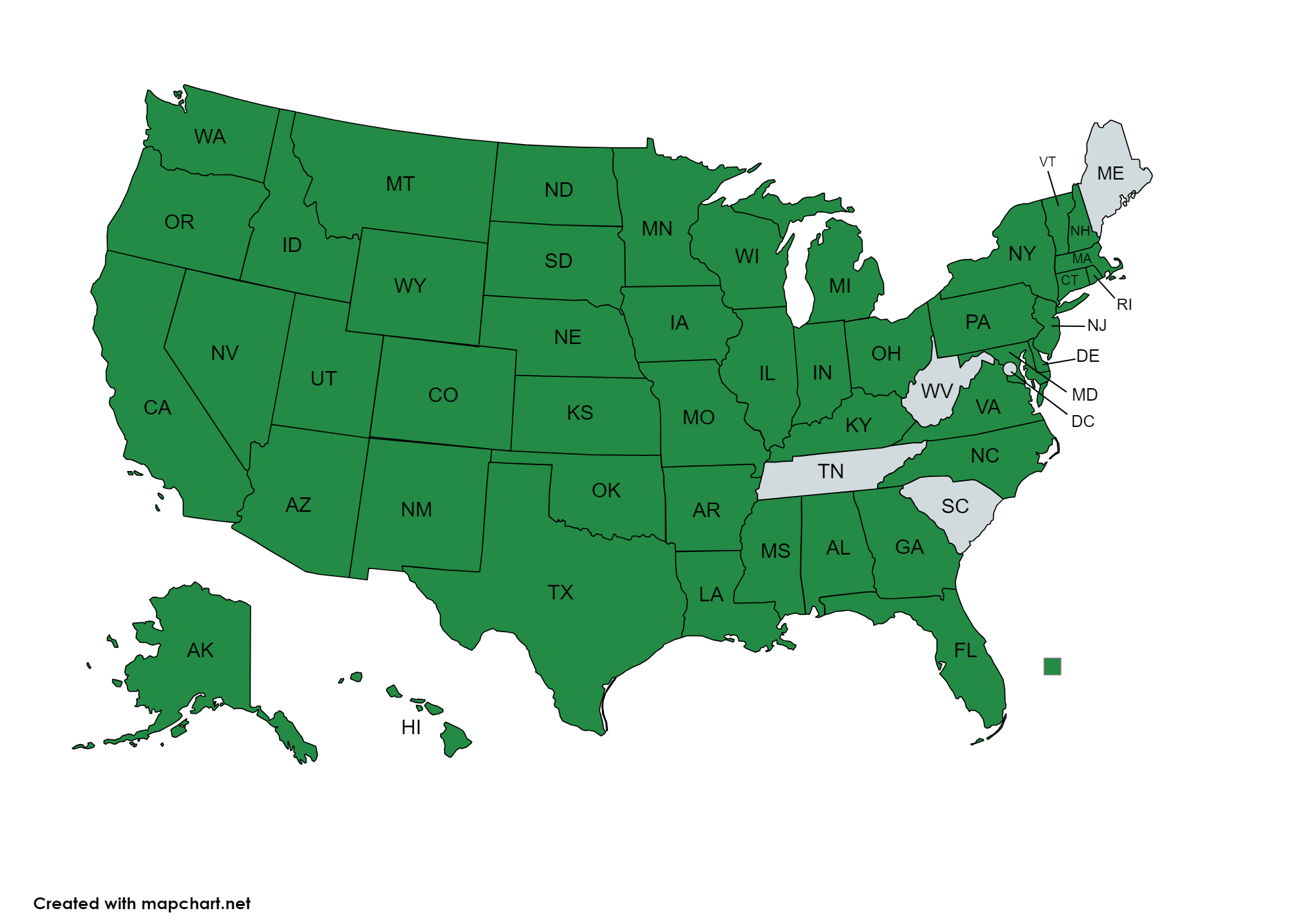Recent articles on schools and Singapore Math…
…in the east: Singapore Math: Ending the Spiral of Non-Mastery
A conversation on Schools that Can with Vinny Dotoli of Harlem Academy (the first school in Manhattan to adopt Singapore Math) reminds teachers that they need a strong math background…
relevant to their instruction, because they “can’t teach [Singapore Math] on autopilot.”
…and the west: Math, Singapore Style
Soille San Diego Hebrew Day School adopted Singapore Math school-wide this past year:
“I was stunned that six and eight weeks into the school year, teachers were at my door telling me how much they loved the program,” Director of Studies Allison Gardenswartz says. “I have never seen a response like that in all the years and programs I’ve brought on.”



















